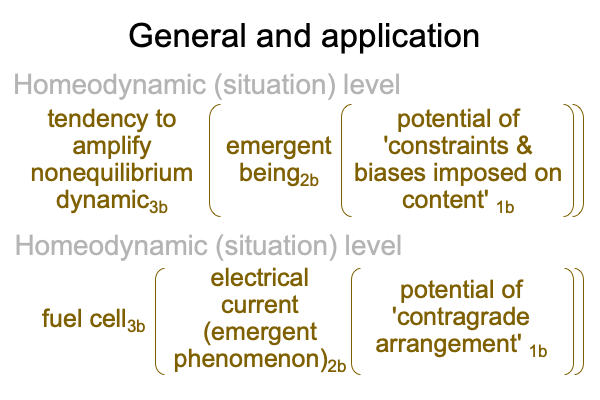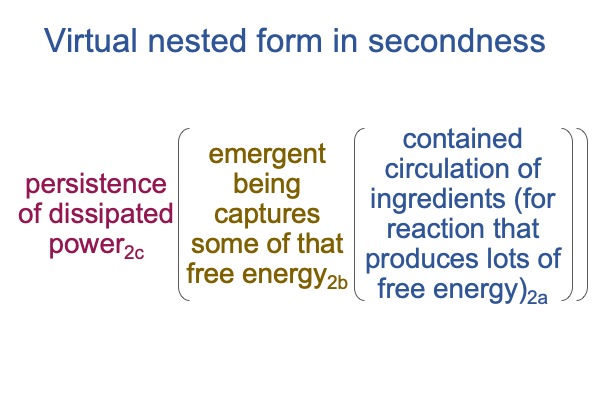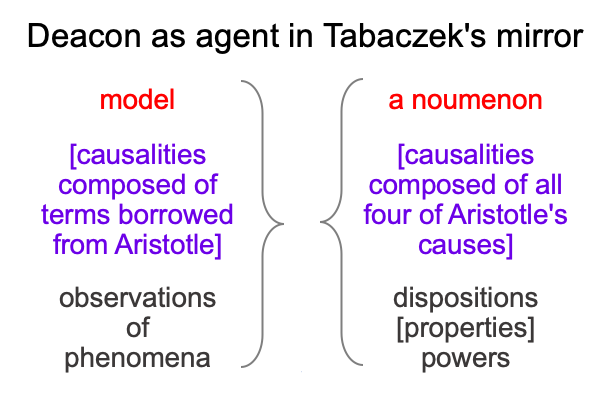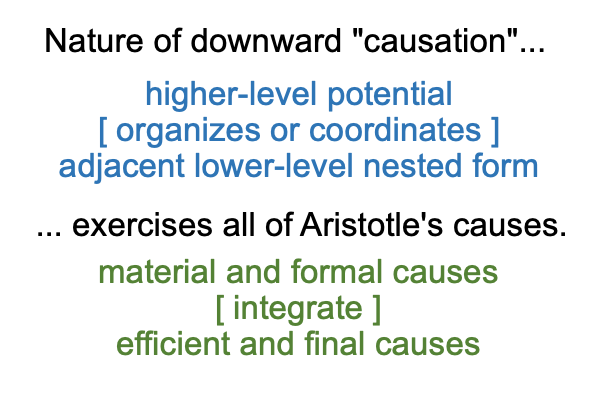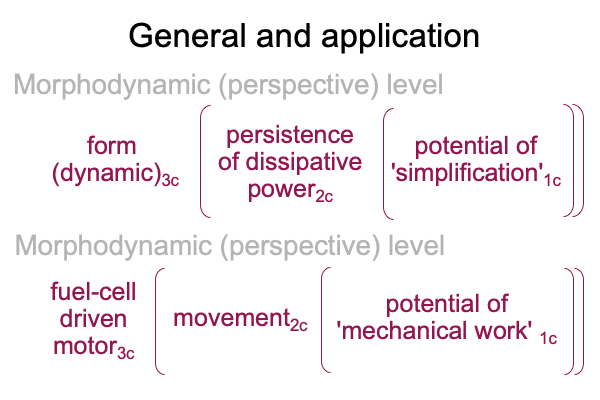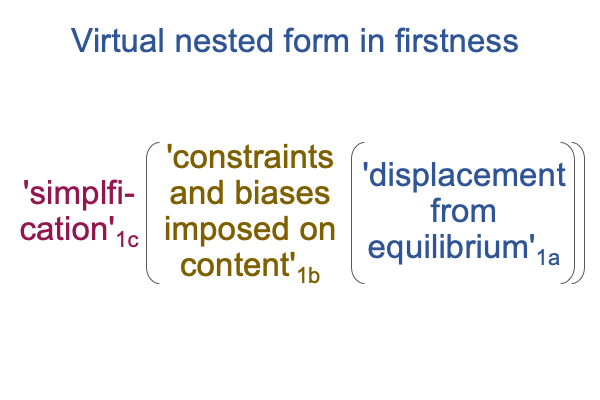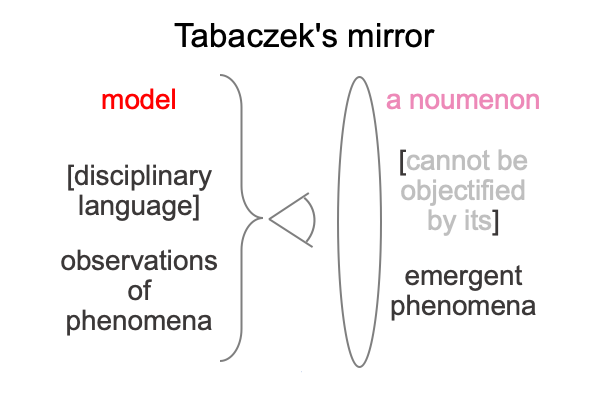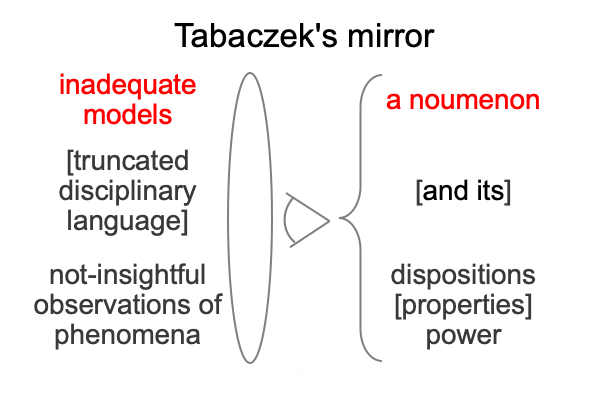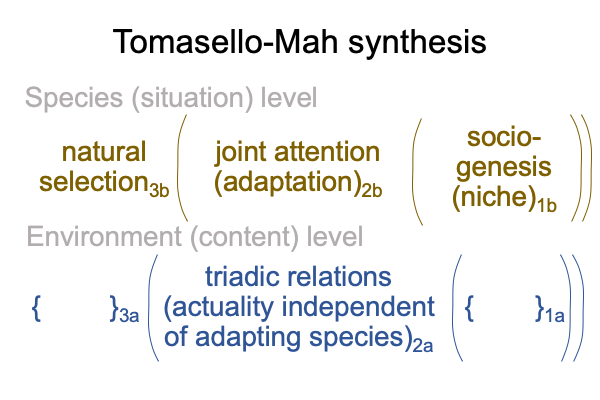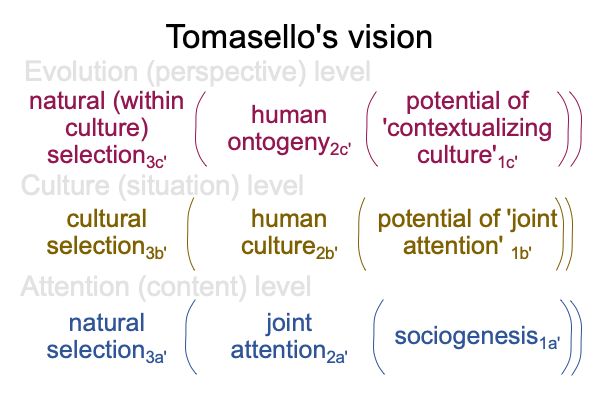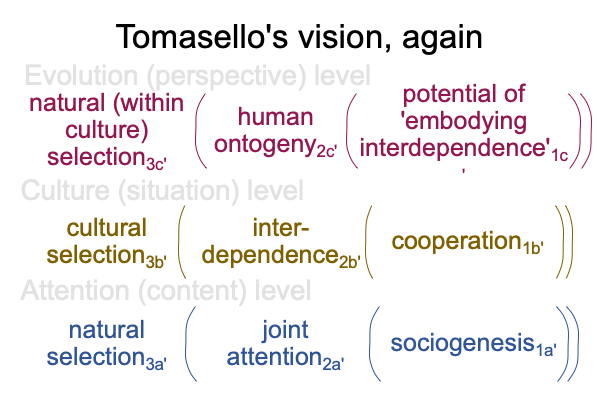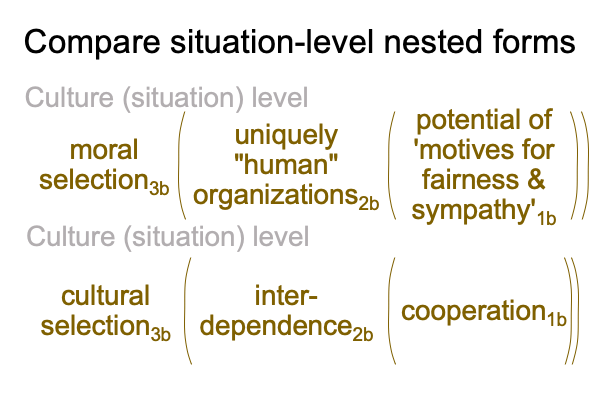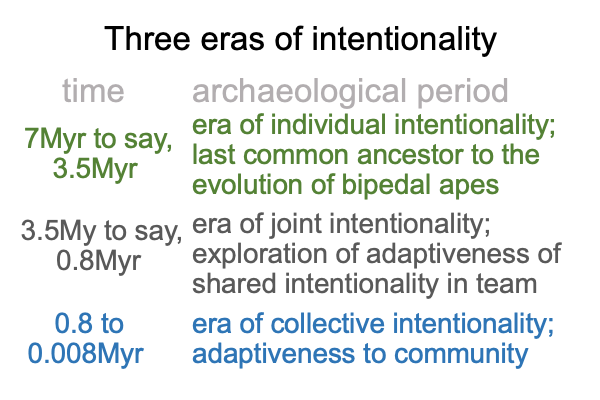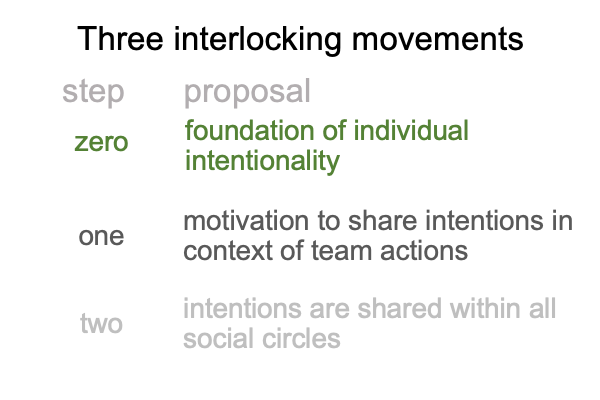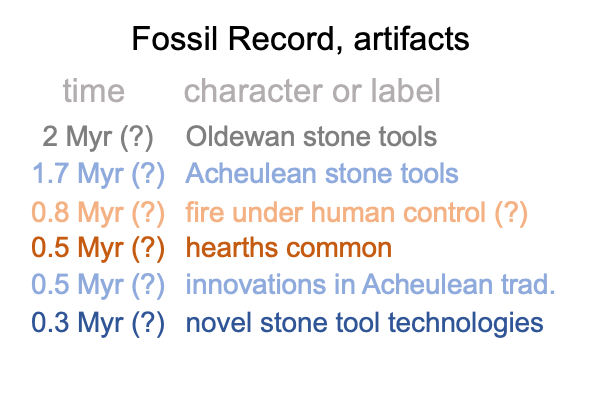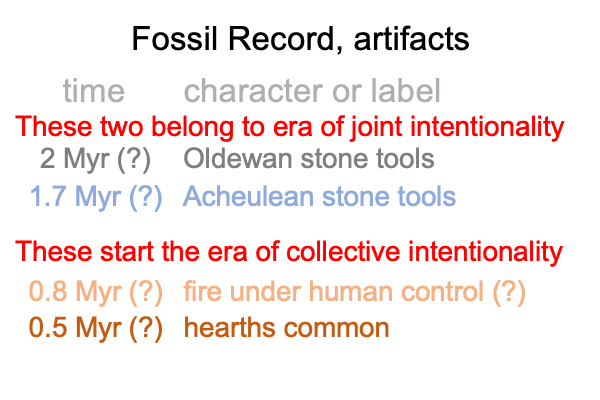Looking at Mariusz Tabaczek’s Book (2019) “Emergence” (Part 17 of 22)
0120 Of course, since Deacon is much more clever than this examiner, Deacon’s preference allows a generalization of the adjusted thermodynamic level.
Here is a picture of the generalization, along with the hydrogen-oxygen fuel-cell example.
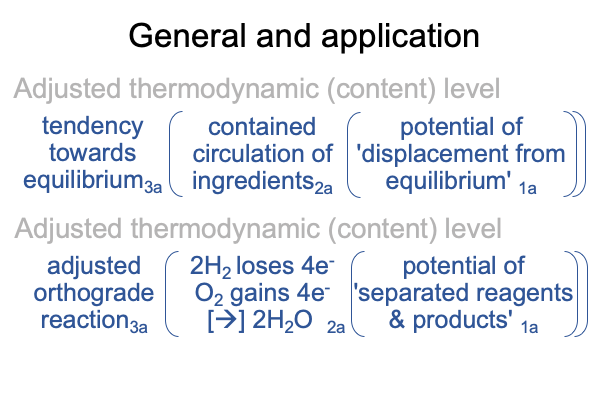
0121 Almost all emergent phenomena are unique, each in its own way.
0122 Does a general description work?
0123 To me, the normal context3a of the general description (tendency towards equilibrium) fits the normal context3a of the example (adjusted orthograde reaction). Without the adjustment, the thermodynamic example is a chemical reaction that releases lots of free energy. Boom!
In Deacon’s schema, the “downward causation” of situation-level potential1b is apparent in the content-level adjusted category-based nested form. There is a certain pedagogic advantage to this. The method becomes obvious. The actuality is a contained circulation of ingredients2a. Specifically, this corresponds to the construction of the fuel cell itself. The fuel cell physically separates the oxidation of hydrogen from the reduction of oxygen.
0124 Oh, did I mention that the “contained circulation” and the “physical separation” correspond to Aristotle’s material causes, not divorced from formal cause?
Yes, the material causes are integrated with the formal cause. In general, the formal cause aims to maintain a tendency towards equilibrium3a for the circulating ingredients2a. For the specific application, this requires the physical separation of the reagents, molecular hydrogen and molecular oxygen, as well as the separation of the sites where electron loss and gain occur.
Tabaczek intuitively couples material and formal causes. He puts them into the same basket, so to speak, without explaining why.
0125 So, the tendency towards equilibrium3a is formalized by the way that ingredients are circulated and contained2abased on the potential of maintaining a displacement from equilibrium1a. One efficient cause is obvious in the specific case. The physical separation1a of the anode and cathode2a forces the hydrogen to give up its electrons at the anode and the oxygen to take up its electrons at the cathode. But, that is not the only efficient cause. The addition of a polysulfonate barrier, creating a forest of negative charges for positively charged hydrogen ions to enter, improves “the circulation of ingredients”.
0126 The couplings of actuality2a and potential1a in the efficient causes cannot be divorced from the final cause, which says, “There is more to the potential that what the scientist maintains.”
Yes, the normal context3a and potential1a simultaneously select for and give rise to the actuality2a. Darwinian natural selection for multicellular organisms offers an analogy. On one hand, natural selection selects. On the other hand, sexual reproduction offers variation. The logic of normal contexts is to exclude, align or complement. The logic of potential is to include, even to allow contradictions. So, in the scientific laboratory, a lot of failed experiments take place before the proper conditions, the proper “containment of circulating ingredients” is isolated within the constraints of the normal context3a (the scientific question at hand) and out of the ordered chaos of the laboratory1a (the instruments and equipment at hand).
“Final causes” label the manifestation of an actuality2a within its normal context3a and out of its potential1a. They also describe intentionality.
0127 The problem?
Final causes are metaphysical.
The ghost of the positivist intellect has a rule, “Metaphysics is not allowed.”
And, that rule spooks the agents on the science side of Tabaczek’s mirror.
That is the specter that fogs their mirror.

